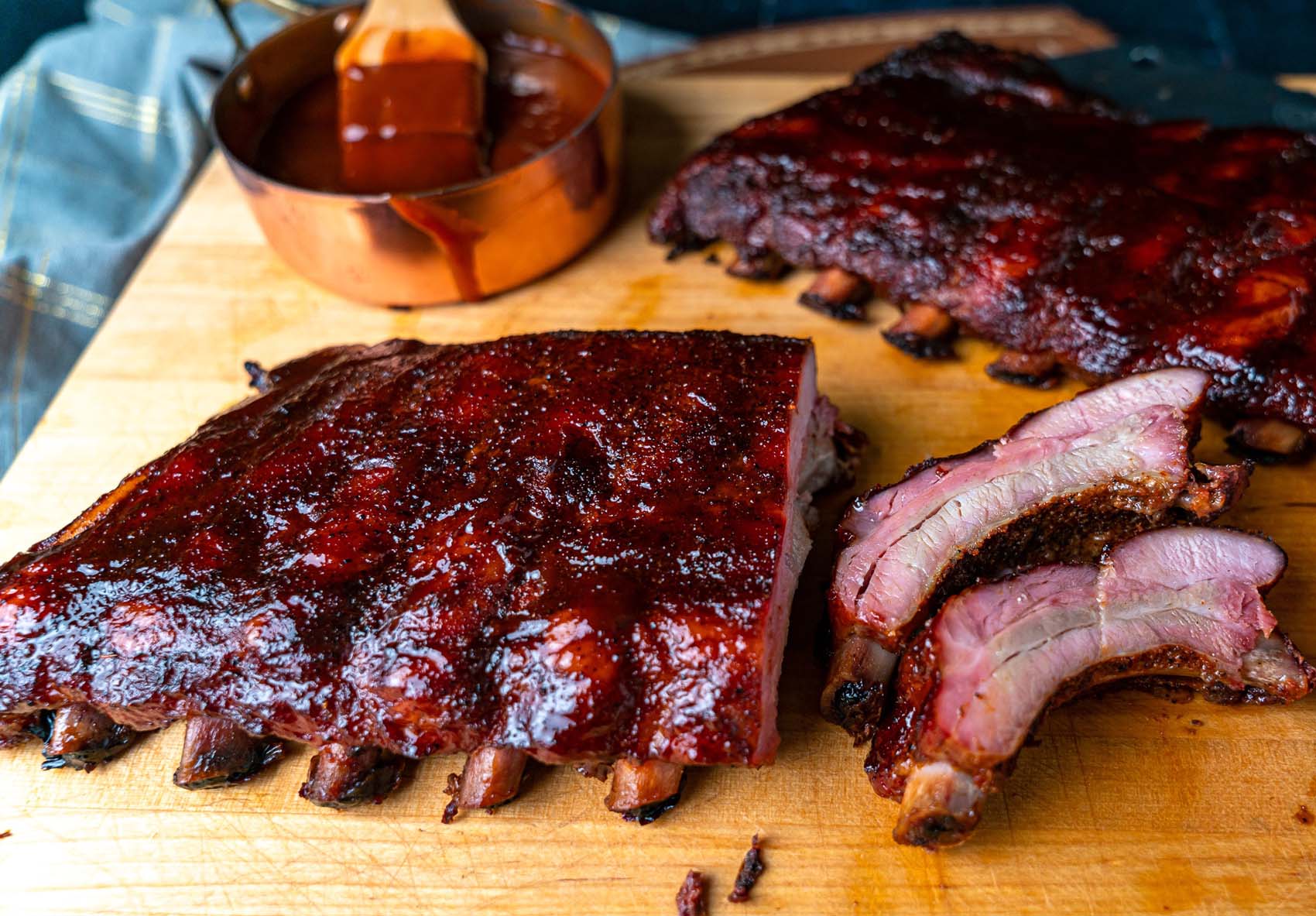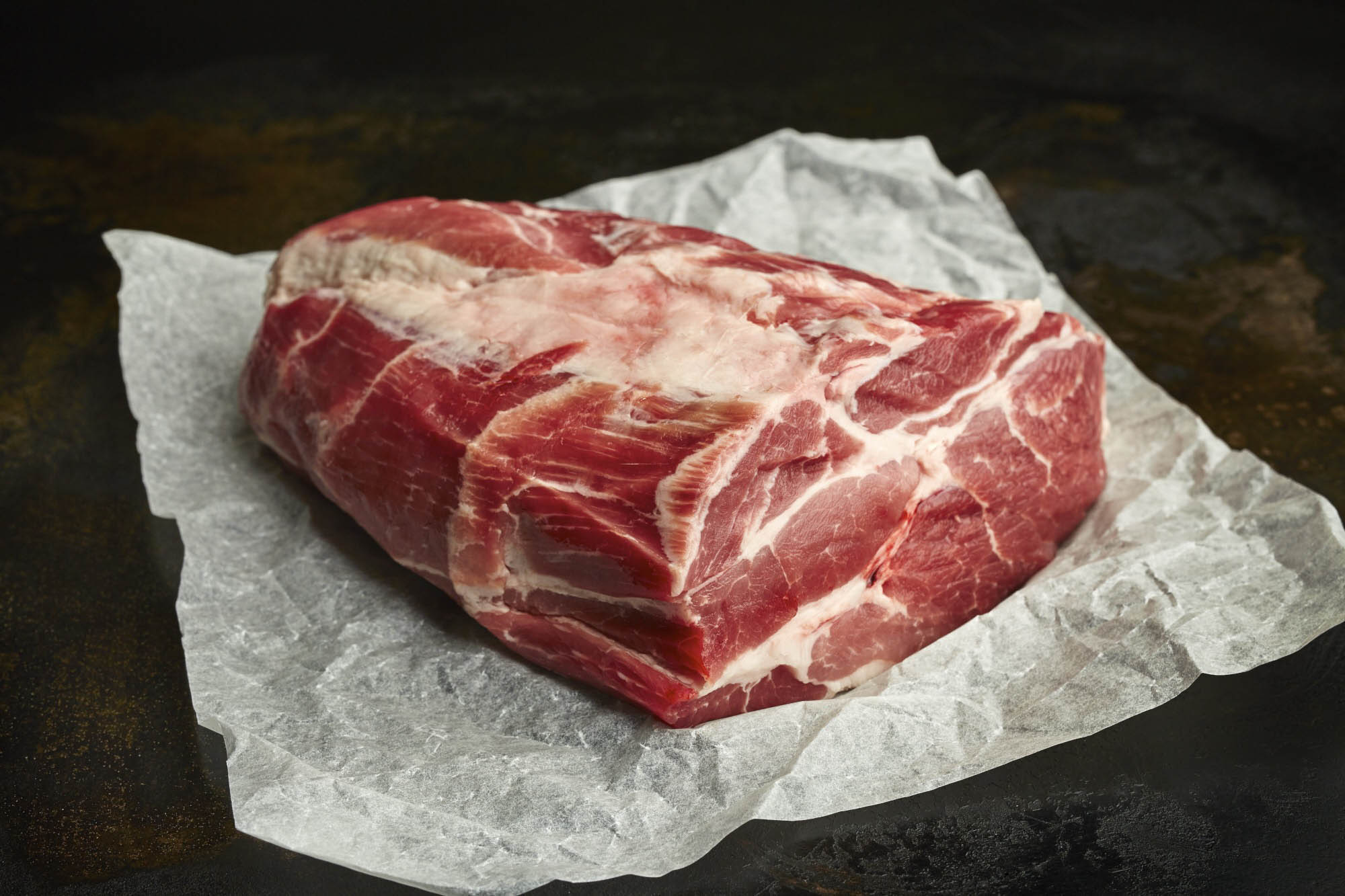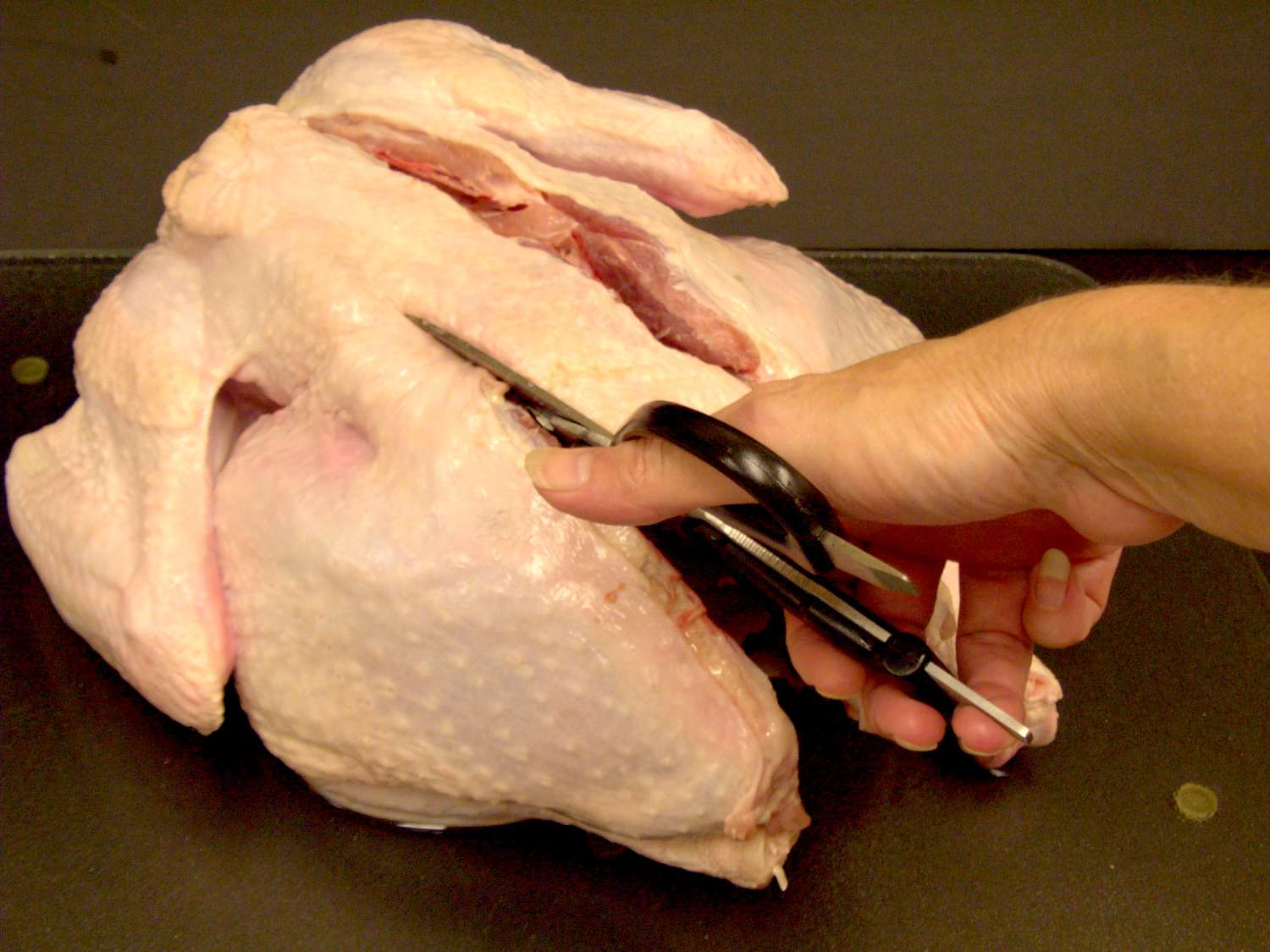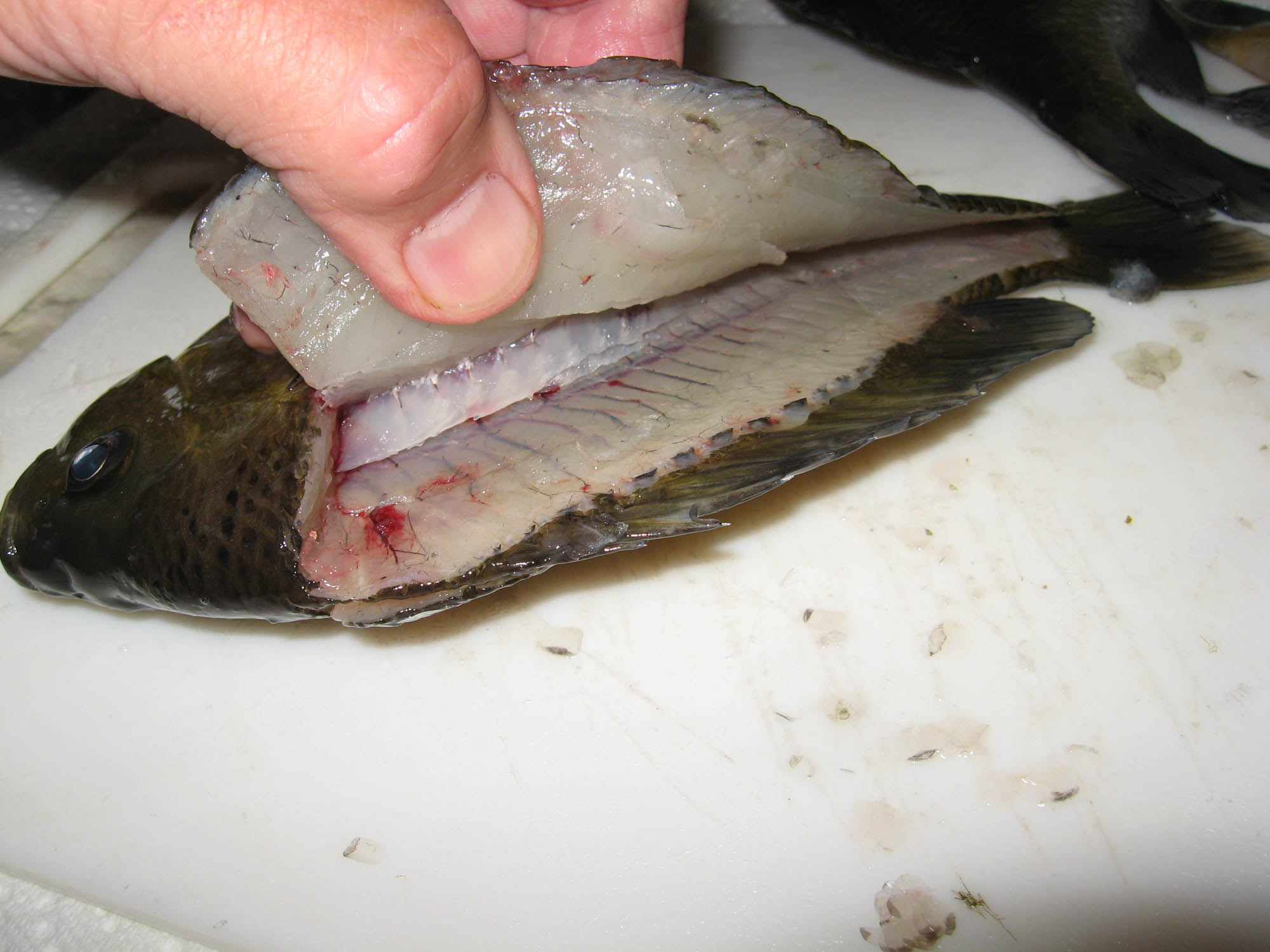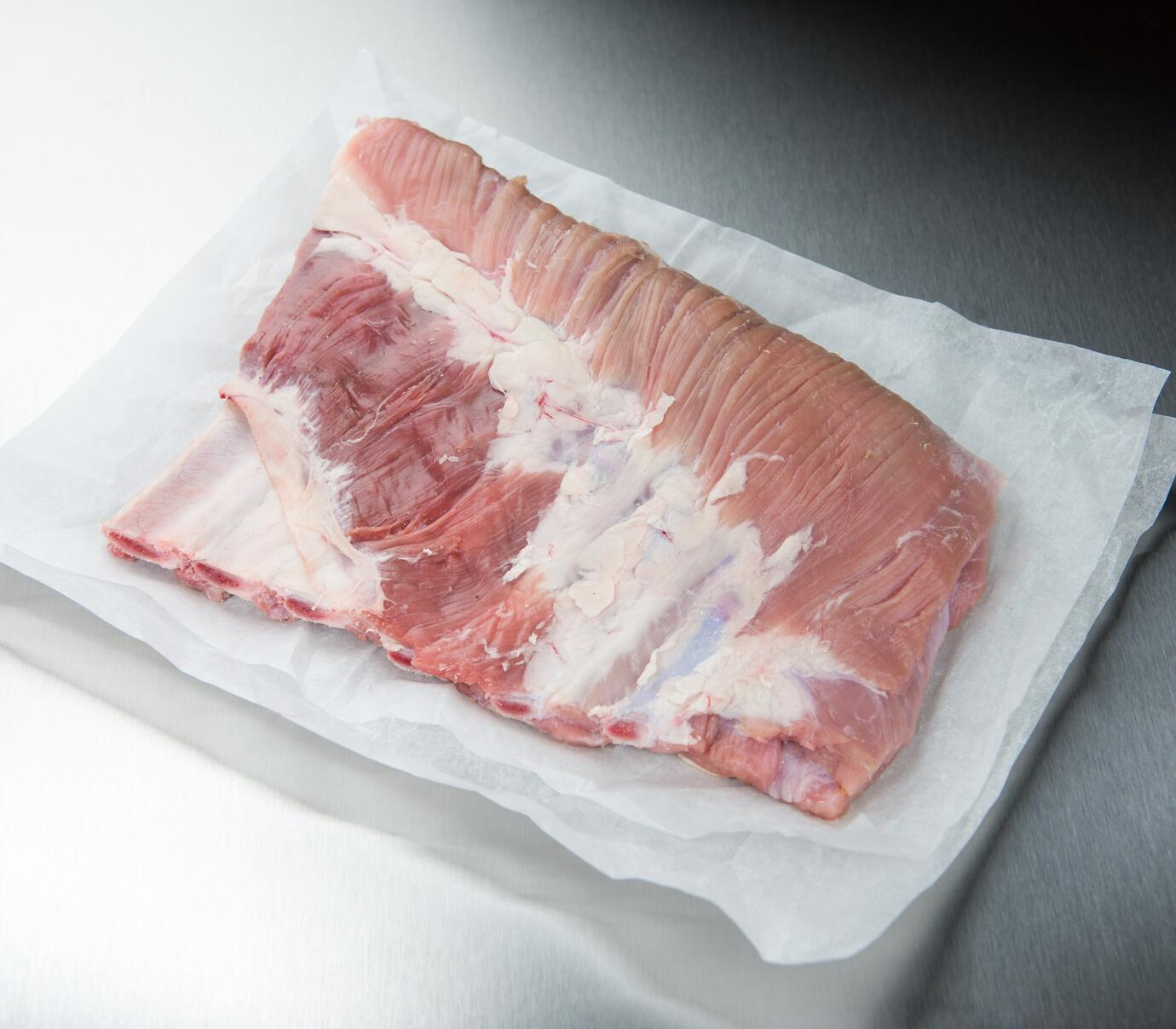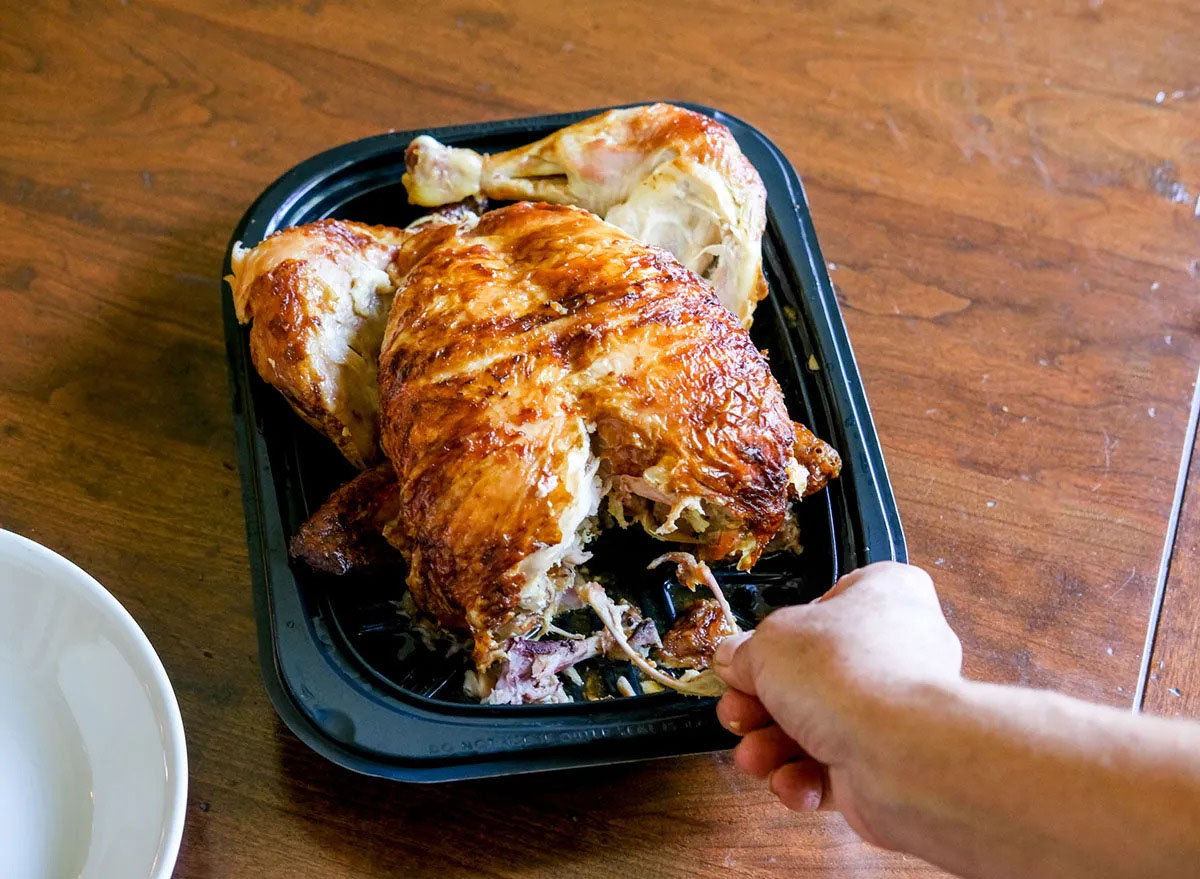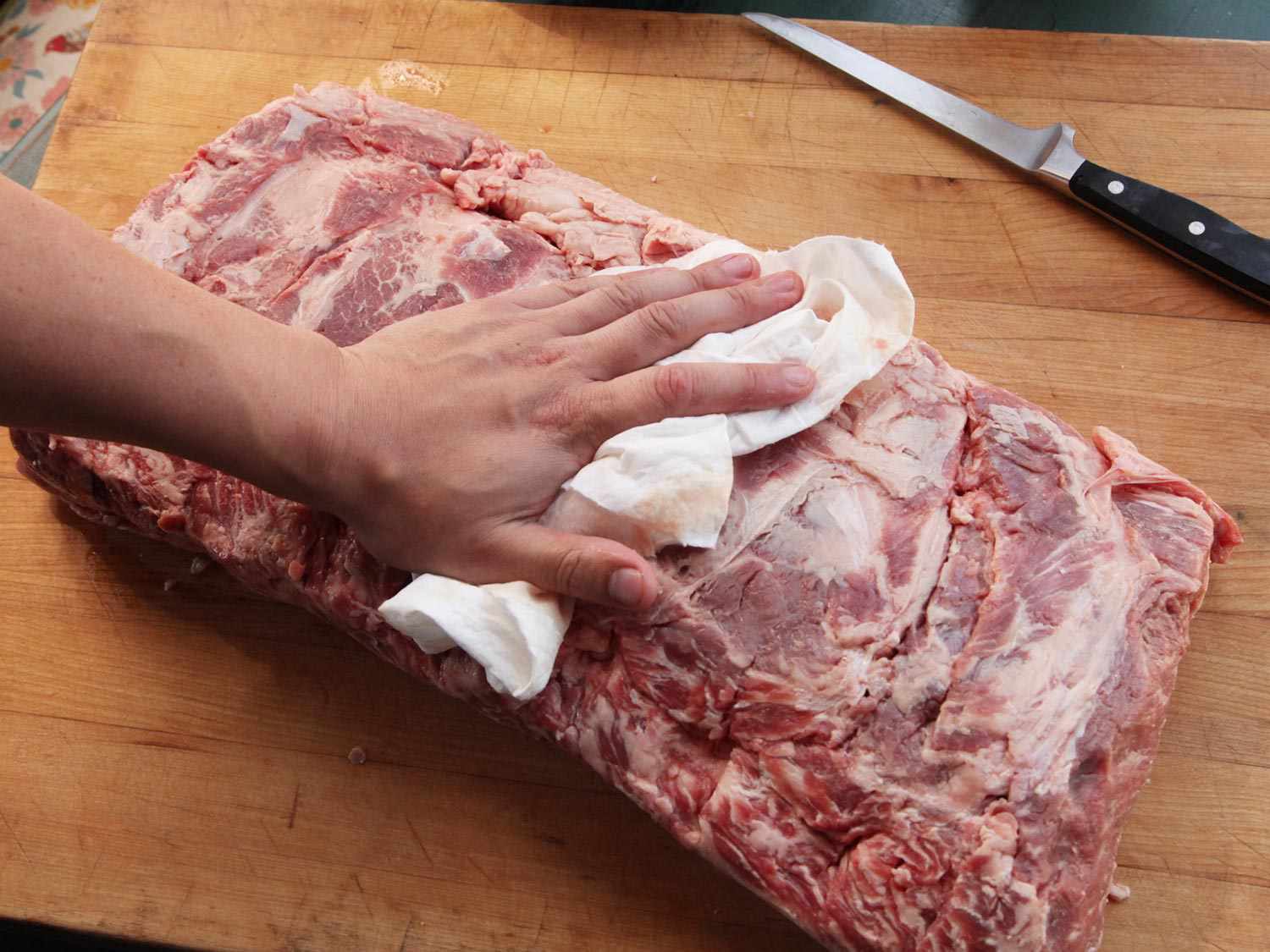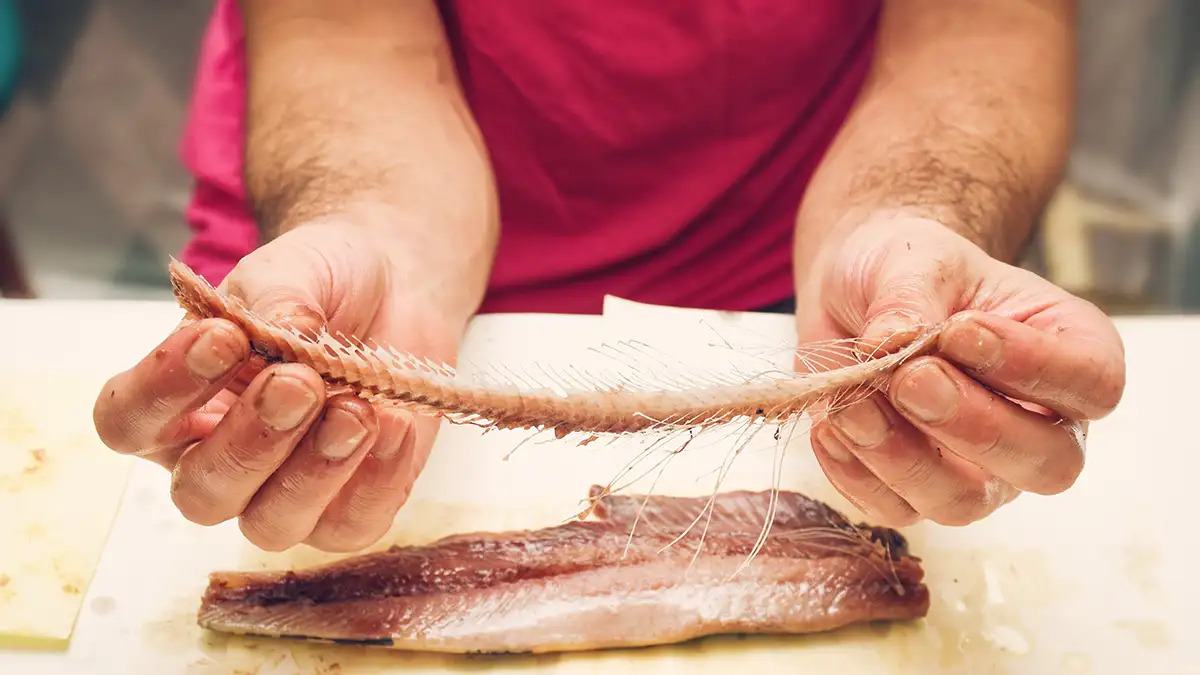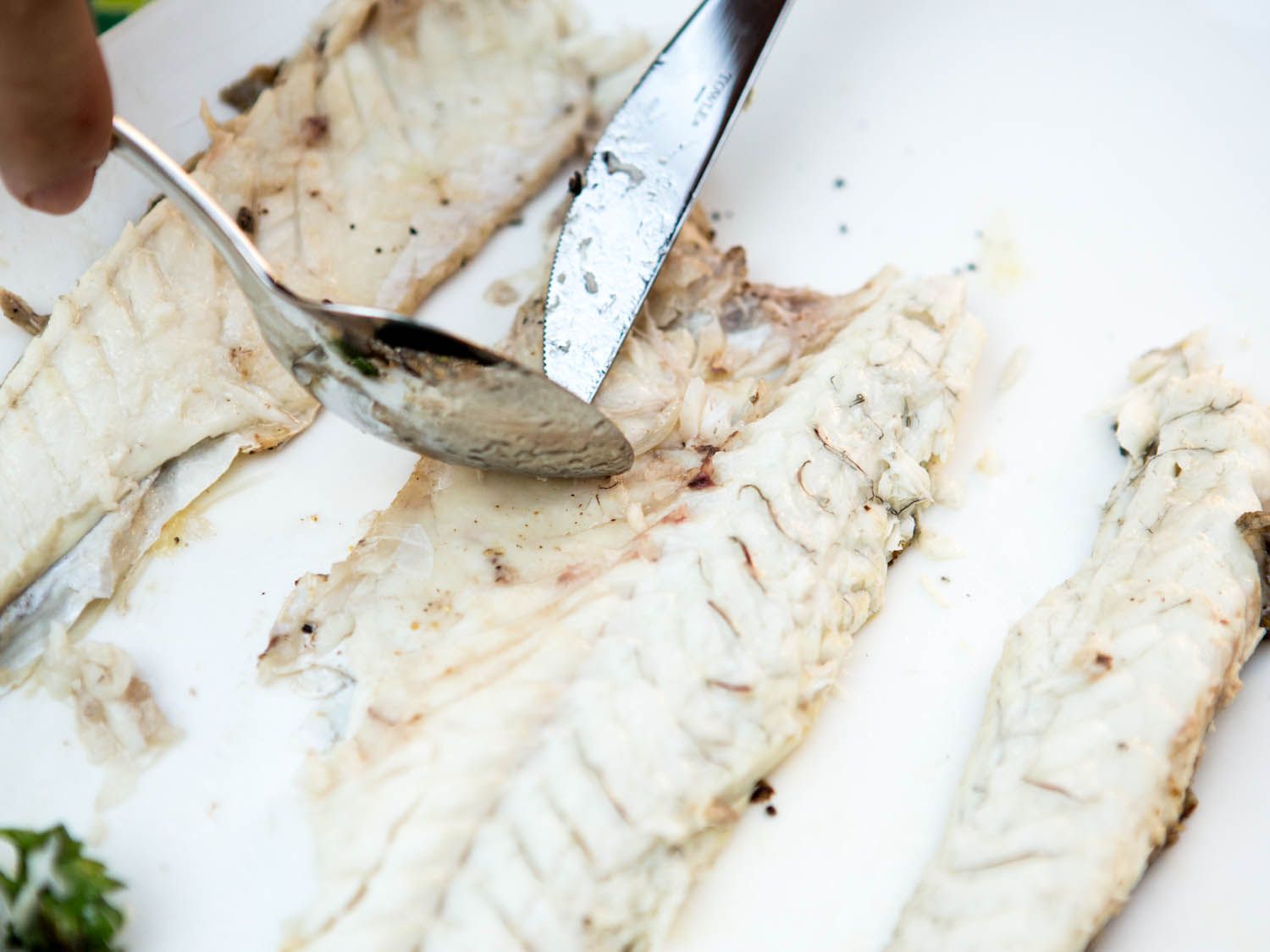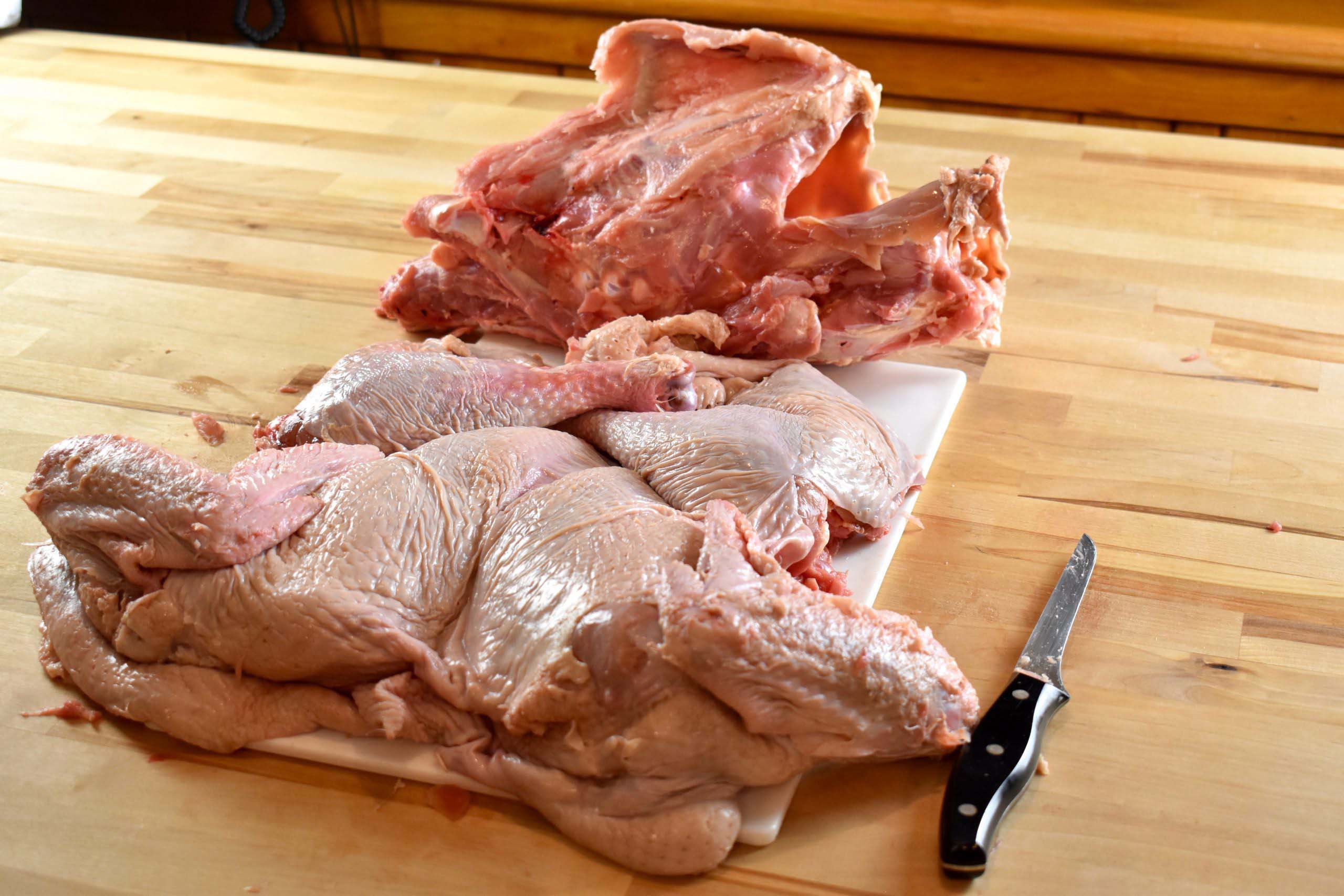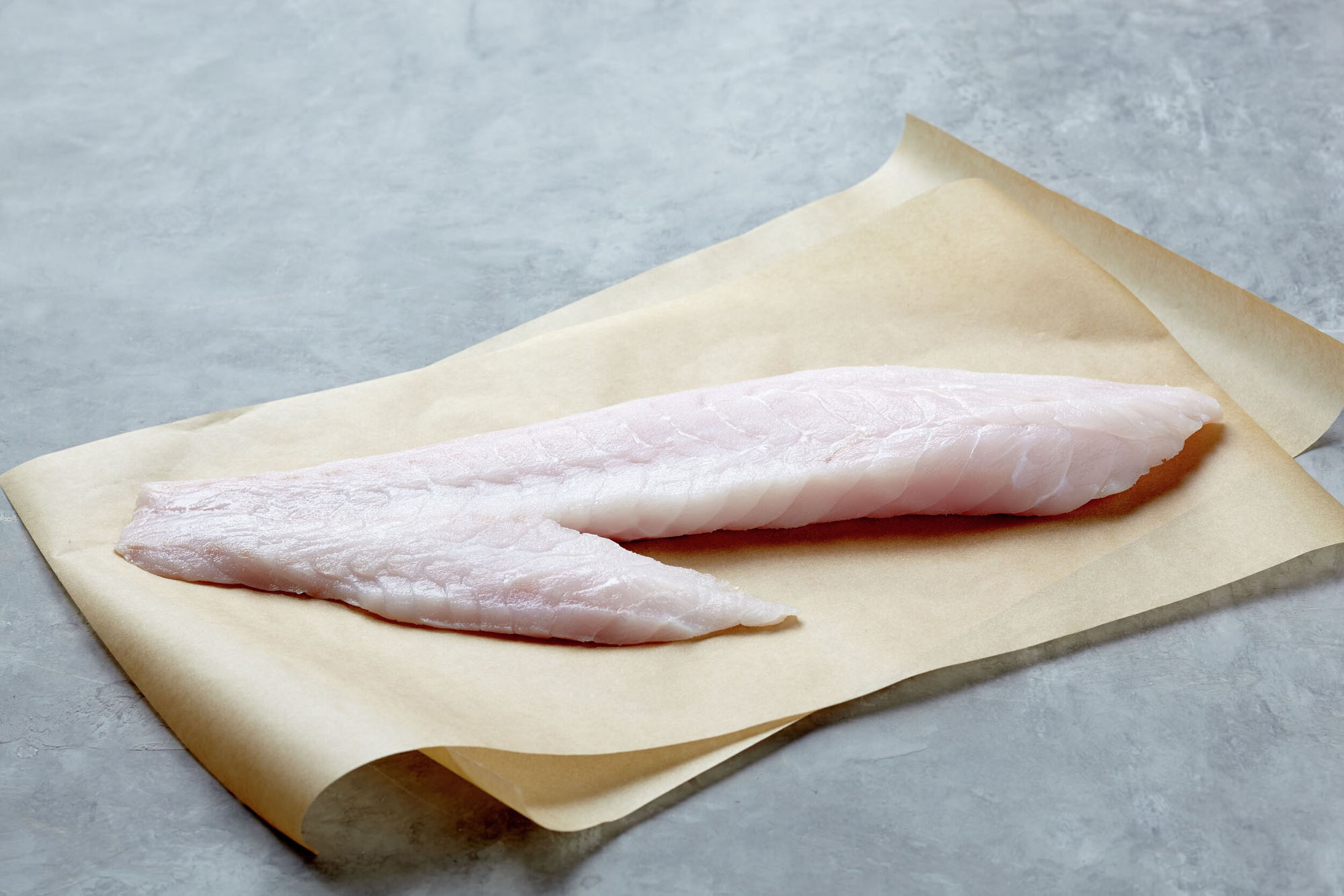Deboning a Chuck Roast: A Step-by-Step Guide
Deboning a chuck roast may seem like a daunting task, but with the right technique and a little practice, it can be a rewarding and cost-effective way to prepare this flavorful cut of meat. Whether you want to stuff and roll the roast, or simply create a boneless roast for easier slicing, deboning a chuck roast is a valuable skill for any home cook. Follow these simple steps to learn how to debone a chuck roast like a pro.
What You’ll Need
Before you begin, gather the following items:
- Sharp boning knife
- Cutting board
- Paper towels
- Kitchen twine (if you plan to stuff and roll the roast)
Step 1: Prepare the Roast
Place the chuck roast on a clean cutting board and pat it dry with paper towels. This will make it easier to handle and help prevent the knife from slipping while you work.
Step 2: Locate the Bone
Identify the bone running through the center of the roast. It will typically be a large, cylindrical bone that is fairly easy to spot.
Step 3: Make the Initial Cuts
Using a sharp boning knife, carefully make an incision along one side of the bone. Follow the natural contours of the meat to avoid removing more meat than necessary.
Step 4: Remove the Bone
Continue to cut and trim around the bone, using short, precise cuts to separate the meat from the bone. Take your time and work carefully to ensure that you remove the bone without leaving behind any small pieces.
Step 5: Trim and Tie (Optional)
If you plan to stuff and roll the roast, this is the time to trim any excess fat and tie the roast with kitchen twine to hold the stuffing in place. If you prefer a boneless roast, simply trim any excess fat and proceed to the next step.
Step 6: Ready to Cook
With the bone removed and any additional preparations completed, your chuck roast is now ready to be seasoned and cooked according to your favorite recipe. Enjoy the satisfaction of knowing that you’ve successfully deboned a chuck roast and are ready to create a delicious meal for yourself and your loved ones.
Remember, practice makes perfect, so don’t be discouraged if your first attempt isn’t flawless. With time and experience, you’ll become more confident in your ability to debone a chuck roast with ease.
Now that you’ve mastered the art of deboning a chuck roast, the possibilities for delicious meals are endless. Whether you choose to stuff and roll the roast, or simply enjoy a boneless cut of meat, your newfound skill will open up a world of culinary possibilities in your kitchen.
Was this page helpful?
Read Next: How To Debone A Chicken For Stuffing
